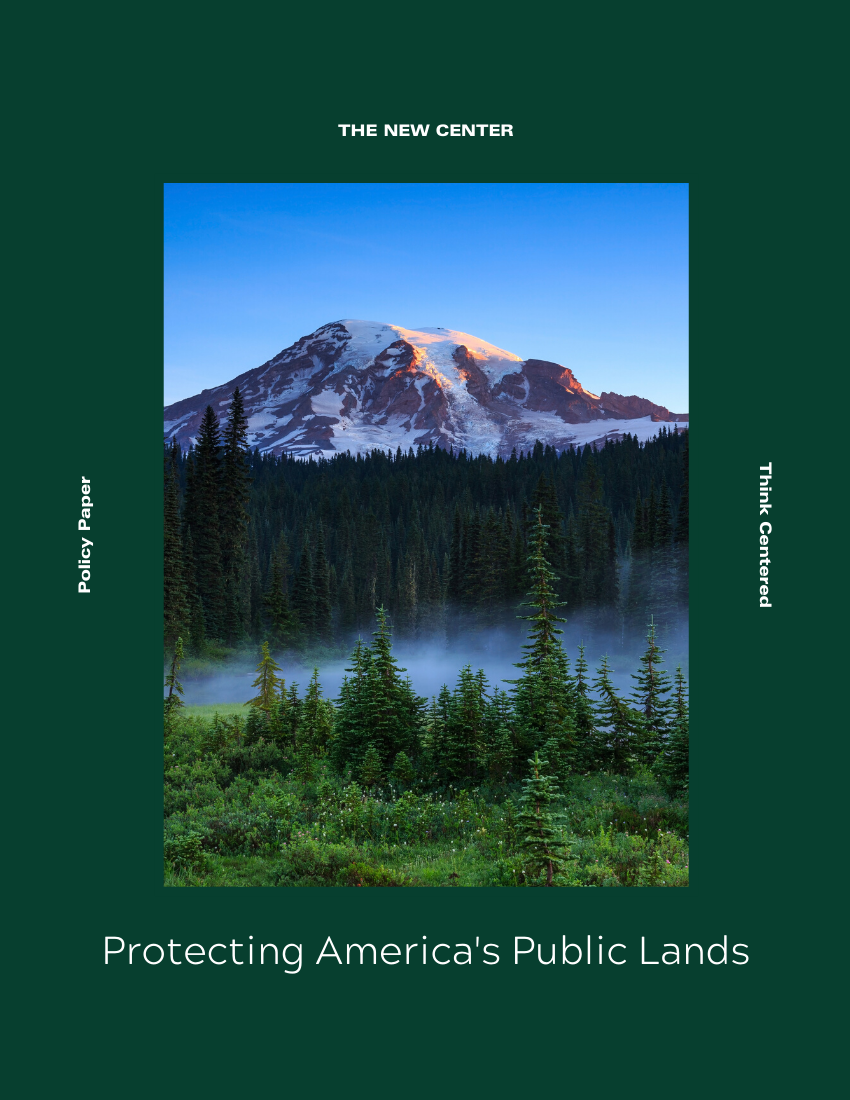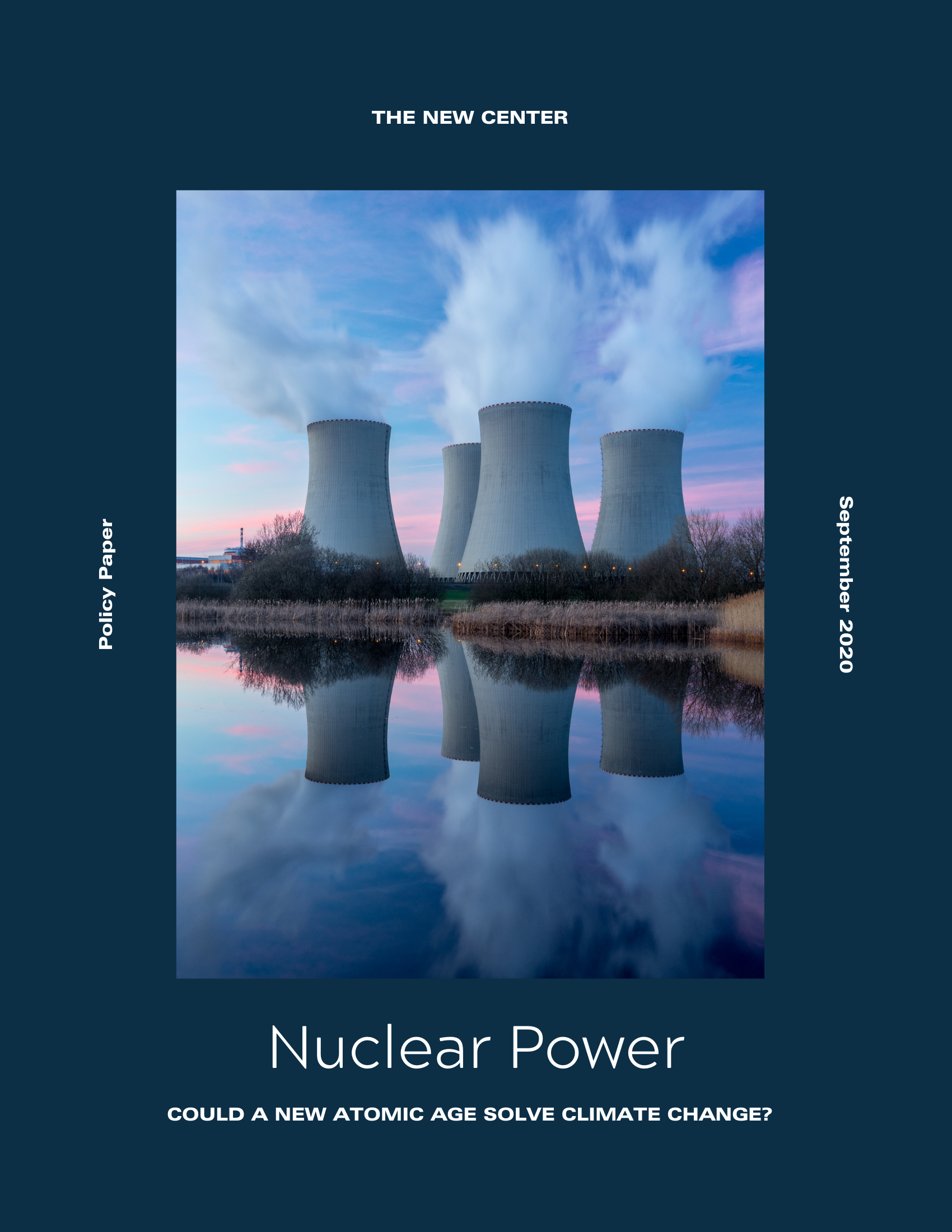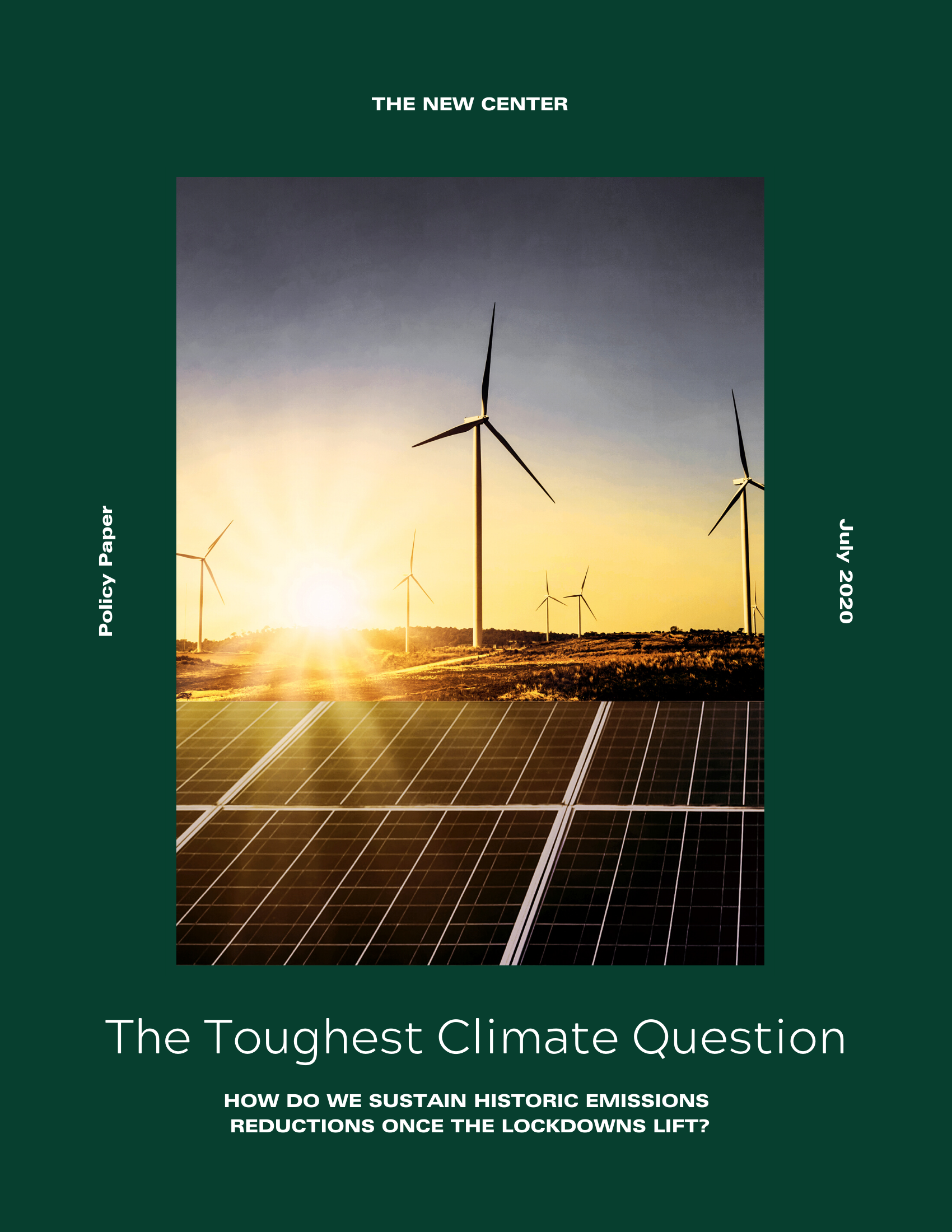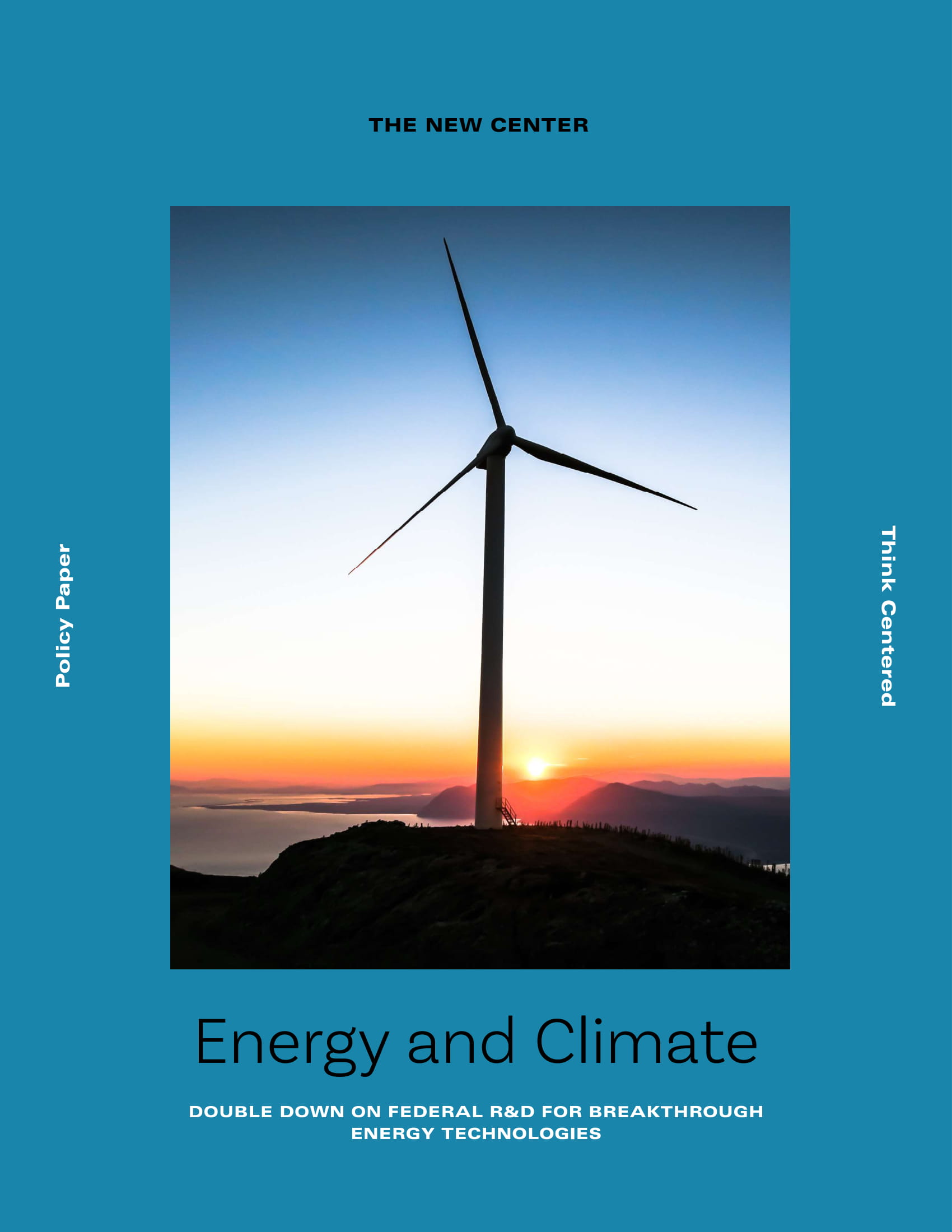Publications
Protecting America’s Public Lands
Today, federally protected land has grown to account for 640 million acres—or about 14% of the landmass of the entire country. And the love Americans have for public lands has grown with it. Yet America’s growing love for public lands isn’t reflected in how we treat them.

OVERVIEW
Our Solutions In Brief

NPS and FS staff are unable to conduct general forest and park management services due to chronic underfunding. This leads to increased deferred maintenance, lower visitor satisfaction rates, and resources being pulled from critical accounts. Congress needs to fund NPS and FS at higher levels so they can properly manage places of historic and environmental importance.

Congress has provided the necessary funding for the Department of Agriculture and the Department of the Interior to fight fires, but it hasn’t placed much emphasis on actually preventing them. Alongside increasing funding to USDA and USDOI accounts that focus on wildfire prevention, the Department of the Interior could create a division that promotes public-private partnerships—like the Forest Resilience Bond—to improve forest health, lessening the federal government’s financial burden while protecting public lands.

Federal onshore royalty rates for oil and gas fall well below offshore royalty rates and individual onshore state rates. They should be raised to 18.75% to be consistent with offshore royalties and average state rates.

The federal government is losing out on millions in revenue because the mining industry is not subject to a federal royalty. Congress could subject the production of hard rock minerals to a royalty rate, with the revenue being split between the federal government and the state sources of production.

Right now, an oil or gas company can rent public land for the price of a cup of coffee. The Bureau of Land Management should increase the minimum rental fee for resource extraction on public lands, particularly those that are of higher value. Rental fees should also be increased for each year that the land goes without resources being extracted from it to incentivize leaseholders to extract resources in a timely and efficient manner.

The Trump Administration is proposing changes to the National Environmental Protection Act (NEPA) to make conducting environmental analyses more efficient and cost-effective. But government reports show that agencies are in the dark on how much NEPA analyses cost and how many are being conducted. Before making any changes to NEPA, the White House Council on Environmental Quality should work with federal agencies to ensure they are providing a full accounting of NEPA analyses and costs so future changes and reform recommendations are based on a rigorous accounting of costs and benefits.
Facts At-A-Glance
-
 640 million acres
640 million acresof federally protected land in the United States
-
 318 million recreational visits
318 million recreational visitsto National Park Service sites in 2018
-
 90% of Americans
90% of Americansconsider the conservation and preservation of U.S. National Parks very or somewhat important
-

Climate and Energy
Nuclear Power: Could a New Atomic Age Solve Climate Change?
-

Climate and Energy
How Do We Sustain Historic Emissions Reductions Once the Lockdowns Lift?
-

Climate and Energy
Shaping the Market to Create a Clean Energy Future
-

Climate and Energy
Double Down on Federal R&D for Breakthrough Energy Technologies
